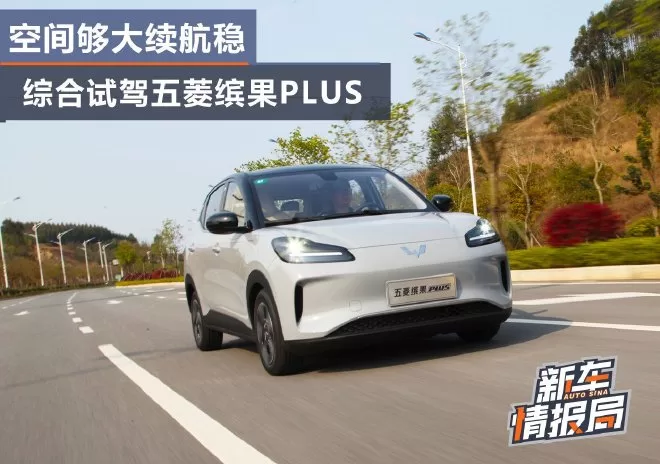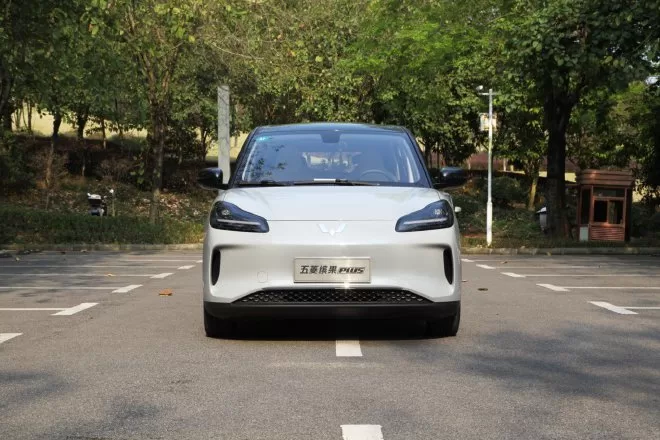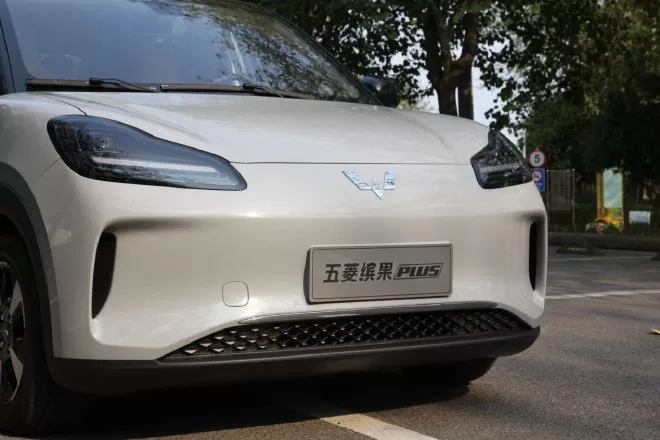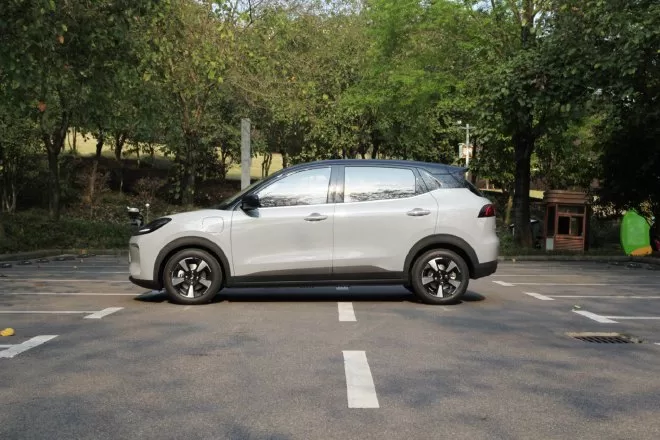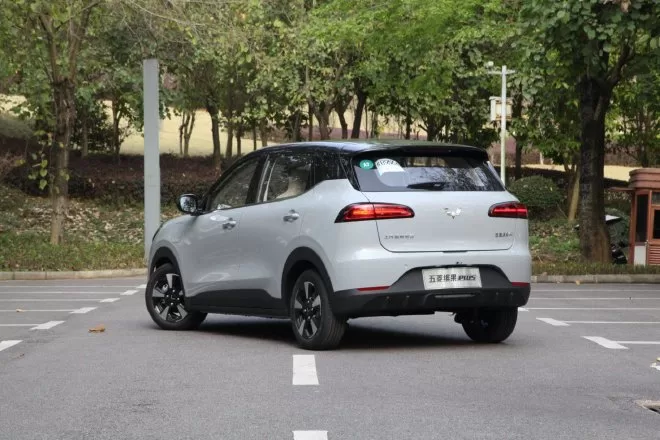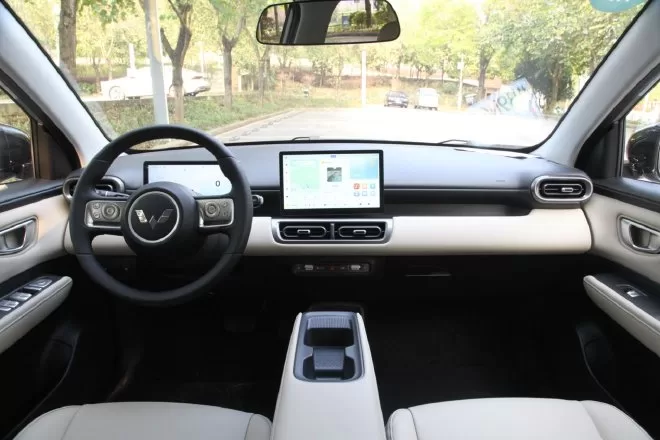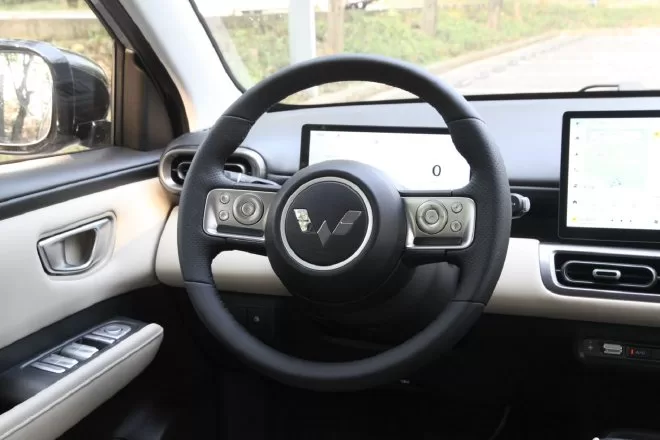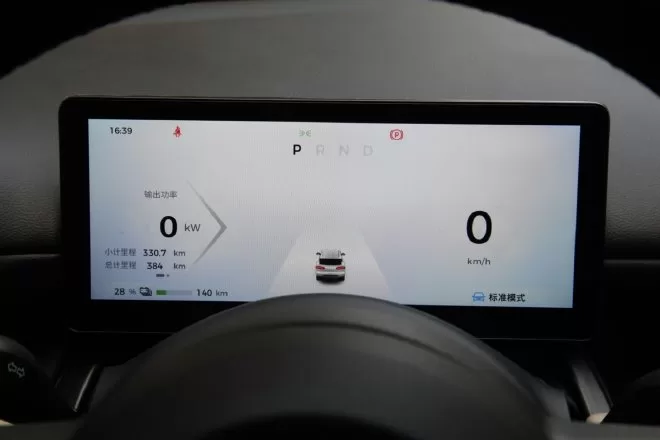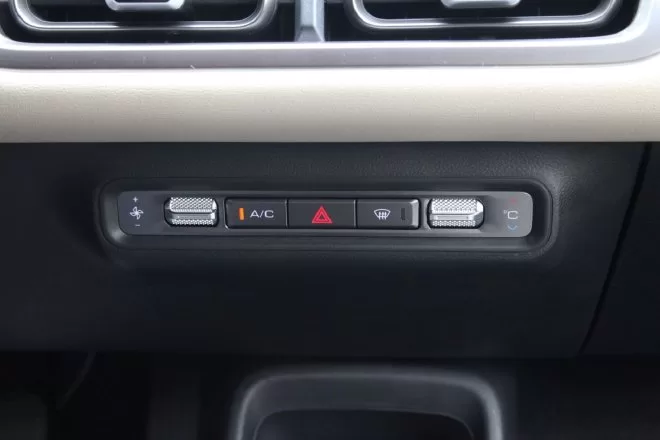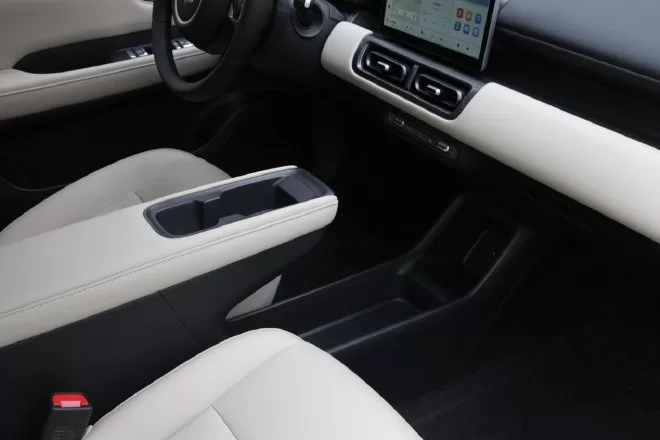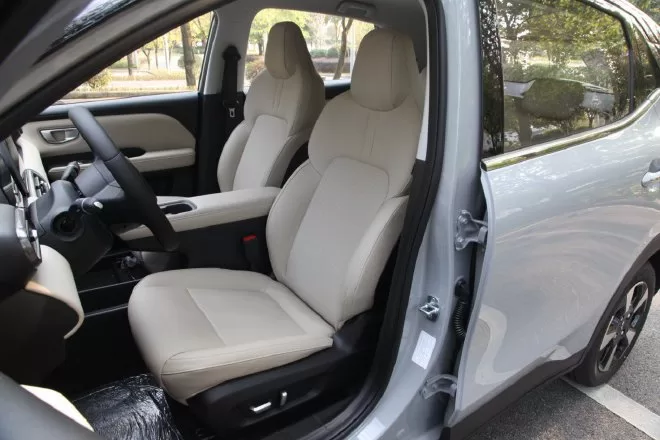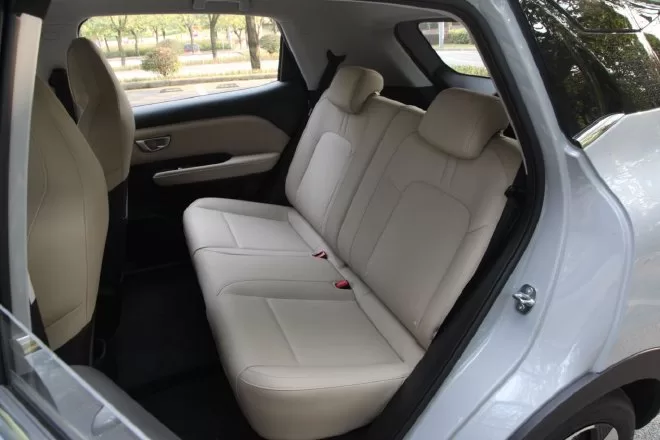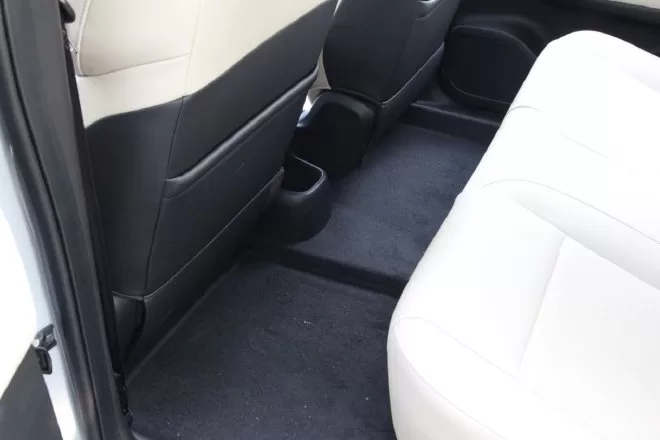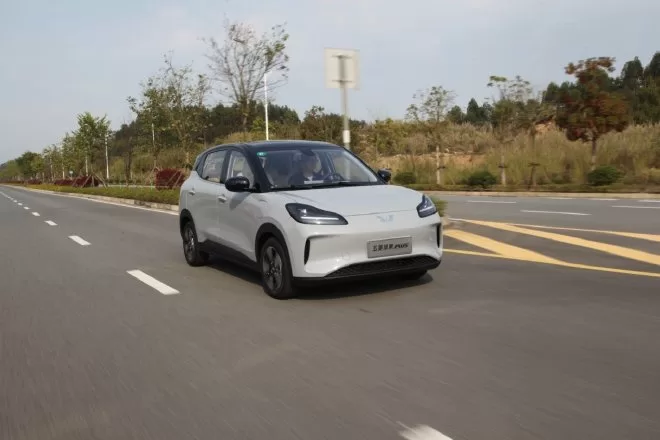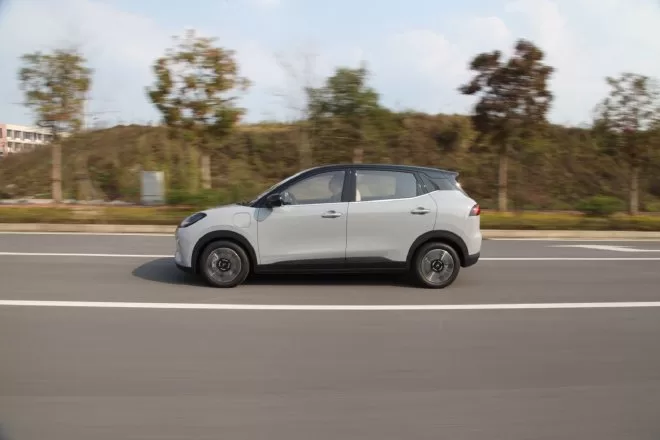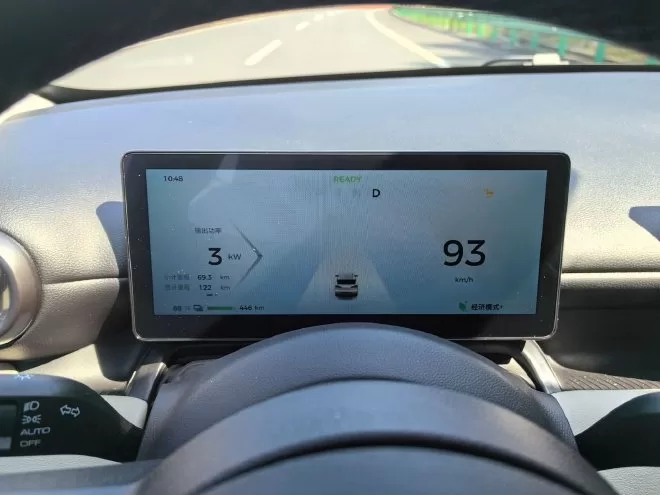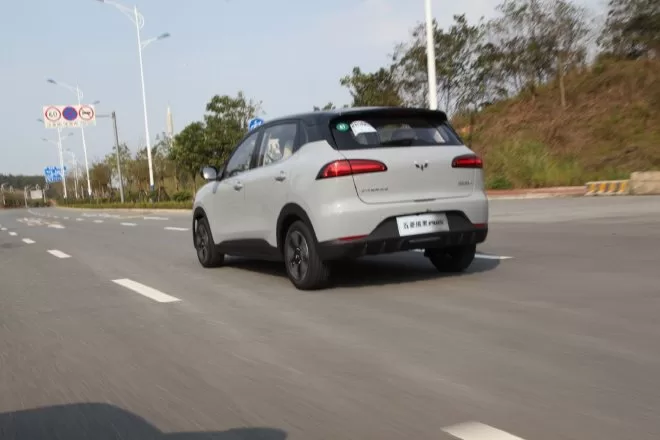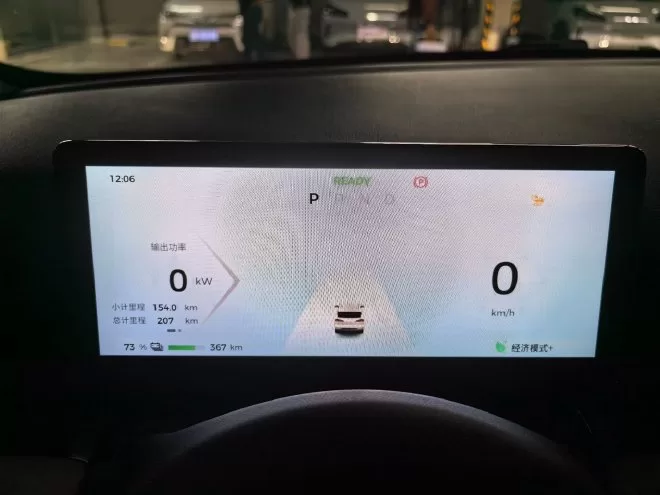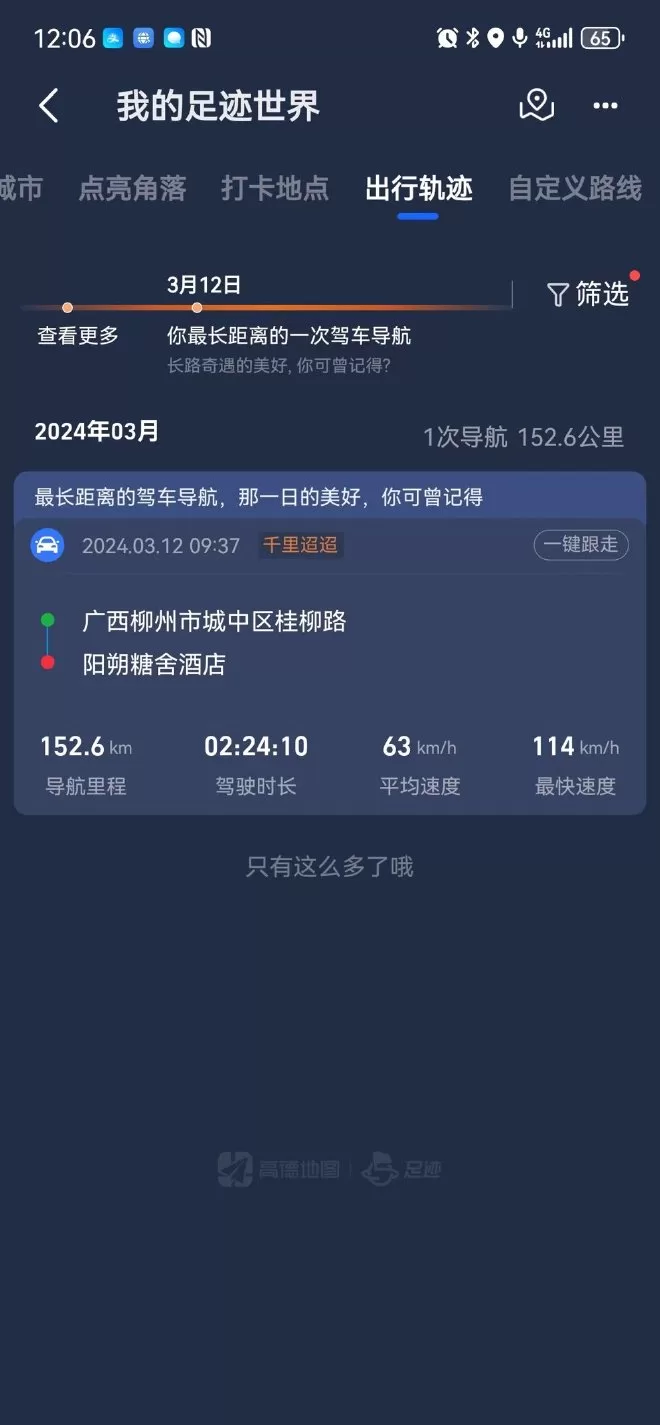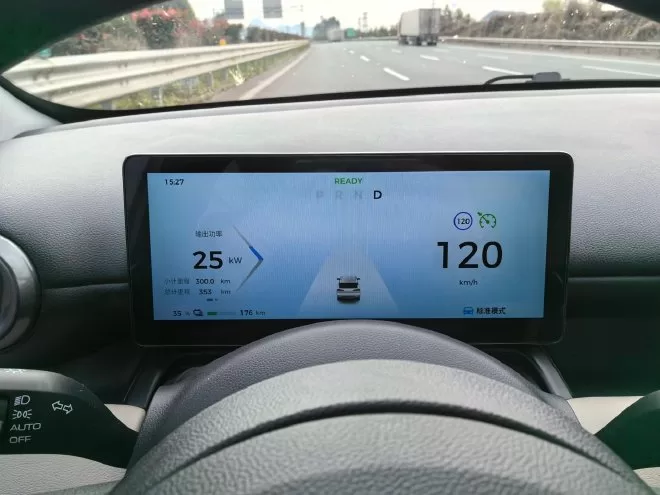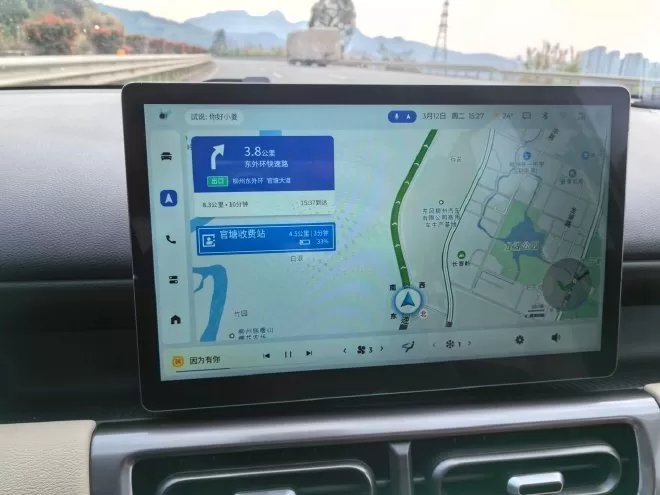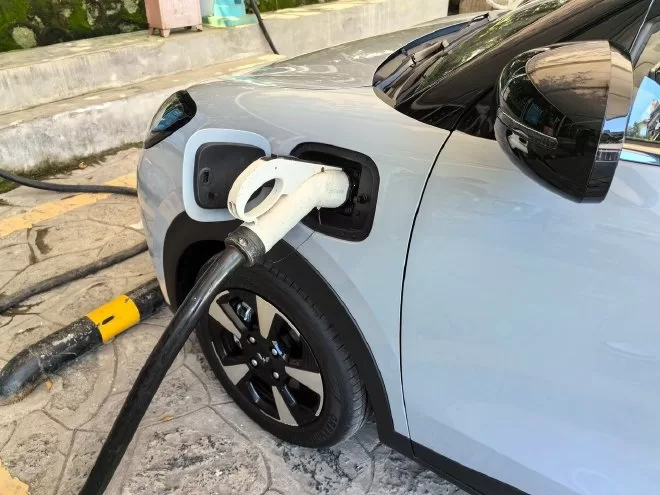Do you remember the saying, “What the people need, Wuling makes”? At first, everyone took it as a joke, but when Wuling started to make a move, it seemed like this saying became a reality, just like the Wuling Rongguo PLUS we are going to test drive today. Although this new model is an upgraded version of the Rongguo, Wuling Rongguo PLUS has achieved leading levels in terms of configuration, appearance, space, and endurance, even a pure electric vehicle costing less than 100,000 yuan (13890$) can have a range of 510km, which is definitely the type of car that people most hope for and want, so Wuling has really achieved it.
In terms of appearance, the Wuling Rongguo PLUS still retains the design style of the current model, but there have been very obvious changes in many details. The biggest change in the front end is its headlight group. Compared to the previous model’s cute and adorable look, the new car’s headlight group appears more cool and fierce, coupled with the smoked effect and straight daytime running lights, making the entire headlight group more layered.
The design of the front bumper has also undergone a significant change, abandoning the fully enclosed design in favor of a front bumper with ventilation openings on both sides. This gives it a more sporty look and effectively increases the vehicle’s sense of hierarchy and three-dimensionality, which indeed meets the aesthetic needs of the Chinese people.
The body side lines have been strengthened, with more angular design and dual-tone body colors. The car is available in black, gray, and green, while the more playful colors are reserved for the Wuling Bingguo, distinguishing the two cars’ different positioning and target audience.
In terms of body size, the length, width, and height of the Wuling Baojun PLUS are 4090x1720x1575mm, with a wheelbase of 2610mm. The new car will use 15-inch dual-color tornado wheels, paired with 185/60 R15 tires, ensuring economy, passability, and comfort in many aspects.
The rear end design has undergone many changes, giving it a more powerful look. The tail lights have a more dynamic shape, widening the overall width of the car. The smoked effect of the tail lights also appeals to young consumers.
The design of the rear bumper has also been significantly modified, including the use of dual-color matching, the addition of a lower guard with wind guide groove, and the use of center-mounted rear fog lights, giving it a more stable and atmospheric look, while the color matching also gives the rear of the car a more three-dimensional and layered feel, while also increasing the vehicle’s recognition.
In terms of interior design, the overall style of Wuling Baojun PLUS has also undergone significant changes, from the previous asymmetrical design to the current integrated design, using black and white color matching, and more soft materials, it looks more luxurious and classy. The entire interior has no physical buttons, and more functions are integrated into the central control screen.
The new car still uses a two-spoke steering wheel with physical multi-function buttons, which can effectively avoid the possibility of misoperation and can also easily achieve blind operation after familiarization. In addition, it is worth mentioning that the new car uses a console-mounted gear lever, which is not common in the same price range of vehicles. This not only improves the overall temperament of the vehicle, but also frees up space in the central aisle, creating the current floating island-style design.
The 8.8-inch full LCD instrument panel can display driving information such as vehicle speed, remaining battery power, remaining range, output power, kinetic energy recovery, driving mode, gear information, etc. Drivers can clearly see this information, which is very practical and convenient.
The central control screen is 10.1 inches, integrating most of the vehicle’s functions, including voice interaction, online navigation, online entertainment, mobile phone interconnection, app download, and air conditioning control. We can operate it manually or through voice interaction. The overall processing speed and display clarity are also very good.
Below the central control screen are a few physical buttons that allow for quick adjustment of the vehicle’s air conditioning settings, including fan speed, temperature, A/C switch, and front windshield defrost. These are commonly used functions and demonstrate a user-friendly design.
The design of the suspended island-style central passage also enhances the interior storage capacity of the entire vehicle. The open storage area in the central passage can meet the needs of more consumers, which is not common in the same level of car models. It is indeed very surprising.
In terms of seats, the Wuling Rongguo PLUS uses a one-piece seat design in the front row, but the overall comfort of the seats is very high, including the support of the waist and shoulder wings, which are very in place, even if we drive for a long time, we will not feel too much fatigue. The main driver’s seat is electrically adjustable, while the passenger seat needs to be adjusted manually.
In the rear, the overall comfort is not an issue. The owner focuses on space utilization, so there is plenty of head and legroom in the back seat. Even when half-lying down, it does not feel crowded. Therefore, the overall space performance of the vehicle is very satisfactory to us.
In terms of power, the Wuling Bingguo PLUS will use a single motor drive mode, with a maximum output power of 75kW and a maximum torque of 180N·m. It will offer two models with a range of 401km and 510km for consumers to choose from. As the first test drive of this model, we will also test the vehicle’s range to see how far it can actually go.
The route for our test this time is about 150km long, including city roads, rural roads, national highways, and expressways. The overall time should be kept within 145 minutes to avoid slow driving for the sake of achieving results.
Because of time constraints, we maintained a speed of around 60km/h throughout the journey and used navigation to anticipate changes in traffic lights, maximizing energy recovery. We also focused on smooth acceleration to avoid excessive energy consumption.
After getting on the highway, we immediately increased the speed to 80-90km/h. Although this will increase energy consumption, considering the time factor, it is necessary to increase the speed. Highway driving can consider many aspects of vehicle performance, such as quietness. The quiet performance of the Wuling Rongguo PLUS is satisfactory, and the control of wind and tire noise is also in place.
To test a car’s range, simply observe the relationship between the decrease in range and the increase in actual kilometers. During our test, the vehicle maintained a speed of about 90 km/h and the air conditioning was set at 23 degrees with the fan on the second setting. During high-speed driving, the range and kilometers increased consistently. Even during long downhill stretches, the vehicle was able to recharge slightly, resulting in an increase in range.
When driving on highways and in urban areas, you can feel the suspension and handling of the vehicle. The suspension of the Wuling Rongguo PLUS is quite comfortable, and it handles bumps and speed bumps well. In terms of handling, the steering wheel of the vehicle is very light, and it is not a problem to operate it with one hand.
After about 2 hours of driving, we also got stuck in the last minute to reach the finish line. Our final driving distance was 154km, using 27% of the electricity. In terms of conversion, the endurance achievement rate actually reached 110%. This reverse false labeling operation still surprised us, after all, having a range of 510km for a car model of less than 100,000 is already impressive, not to mention being able to achieve reverse false labeling.
Although the test is over, on the way back we also tested the acceleration and high-speed capabilities of the car. During rapid acceleration, the vehicle can quickly increase speed and has multiple driving modes for added fun. In terms of high-speed, the car can easily reach 120km/h, which is sufficient for our daily use.
The car’s navigation and entertainment systems are very smooth to use. The navigation guidance is precise and the music player doesn’t have any lag. The car only supports cruise control, and although the smart driving system is not the most powerful, it is sufficient for our household.
At the end, we also experienced the fast charging function of the Wuling Baojun PLUS. In just 10 minutes, the vehicle’s range increased by almost 10%. According to the manufacturer’s specifications, this vehicle only needs half an hour for fast charging from 30-80%. So, during high-speed driving, in the time it takes to have a meal, this vehicle can provide several hundred kilometers of range, solving the problem of range anxiety for us. Summary: Currently, the Wuling Baojun PLUS has officially launched, with only two models available, with ranges of 401km and 510km. The Wuling Baojun model is also on sale, covering the entire 60,000-100,000 yuan (13890$) pure electric market, allowing consumers to choose according to their preferences. Wuling’s sales layout is actually very correct, ensuring both high-volume models at low prices and models with over 500km of range, so we have reason to believe that the Wuling Baojun PLUS will definitely achieve impressive sales results.
